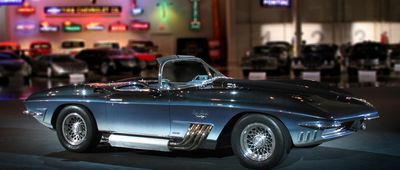Heavy Metal Dreams
The biggest car or SUV isn't necessarily the best, but that doesn't make it any less impressive when it pulls up curbside. The United States had some monstrous cars patrolling its roadways during the 1960s and 1970s, but they faded away as multiple fuel crises made them seem inefficient and pointless. The full-sized SUV seemed headed in the same direction when gas prices reached more than $4 a gallon over a decade ago, but the emergence of crossovers and brief drop in gas prices revived it, trimming smaller (and sometimes tiny) cars from U.S. lineups. Despite current gas prices, we are once again in the era of the land yacht — but history shows these vehicles can always get bigger.


























































